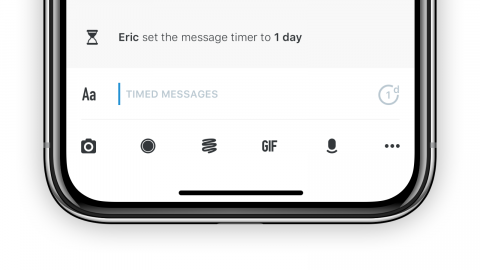Teams | Collaboration | Customer Service | Project Management
%term
Subscriptions: An Introduction
The Importance of Service Level Agreements in the B2B Industry
Customer Relationship Management (CRM) can have many different definitions, and can sometimes cause confusion. Does CRM include correspondence before a company becomes a customer, such as sales and marketing? Should CRM extend to all areas of a business, including internal IT teams who don’t interact with customers? Drawing the line of what is and isn’t part of the CRM experience can be difficult.
How to Reduce Churn with Better Customer Engagement
Every business owner knows that reaching new customers is important. After all, generating sales and subscriptions is essential for driving revenue. But retaining existing customers is just as important (if not even more so!) than acquiring new ones. That’s especially true for SaaS companies, which often earn a significant portion of their revenue through ongoing subscriptions. So what does a SaaS company to do when they realize they’re experiencing high levels of customer churn?
Are your employees oversharing on Slack?
Deploying modern, digital workplace solutions have become a prerequisite to increased team collaboration. One of the most visible (and obvious) examples of this are messaging and chat applications. Where email was once the tool of choice for internal team communication, services like Slack have today become the default option for many. However, I’ve noticed a disturbing shift in the way these tools are used.
The Importance of a Customer-Focused Culture
Your company’s success relies on your customers. Without them, you wouldn’t have sales or revenue — or, really, a business at all. This means that in order to succeed, you need to make them a priority. And that requires going beyond standard customer service. The best approach for achieving excellent customer satisfaction levels (along with your business goals) is to develop a customer-focused culture.
Zoom + Zendesk: the benefits of video for remote support
Working with customers from far away poses a few questions for support agents: will the channel they’re working leave the customer better than they were before? If it’s an email correspondence, will the text make sense? If they’re giving instructions over the phone, will the customer be able to follow along?
Customer Support vs Customer Success: How They Go Hand-in-hand
Customer support and customer success are often seen as two separate groups within an organization that compete for results, like sales and marketing. But that couldn’t (and shouldn’t) be further from the truth. Customer support is key to satisfying customer problems and producing great experiences. For freeing up jams in the system and continually improving the product and user experience. But customer support without success (and vice versa) is only half of the job.
Why use ephemeral messaging in the workplace?
Ephemeral messaging (the ability to set self-destructing messages that automatically disappear from recipients’ conversation histories), is a common feature across many consumer messaging apps. But what about its place in the enterprise? Wire has offered ephemeral messages (or timed messages as we like to call them) as a feature in its secure end-to-end encrypted service since 2016.
6 Common Customer Service Mistakes to Avoid at All Costs
In business, sometimes making the wrong decision is worse than making no decision at all. This is especially true when it comes to the customer service industry. With customers being the foundation of so many businesses, going against their needs can be a make or break decision. And, in the fast-paced technology age we live in, making the wrong call is costlier than ever before.










